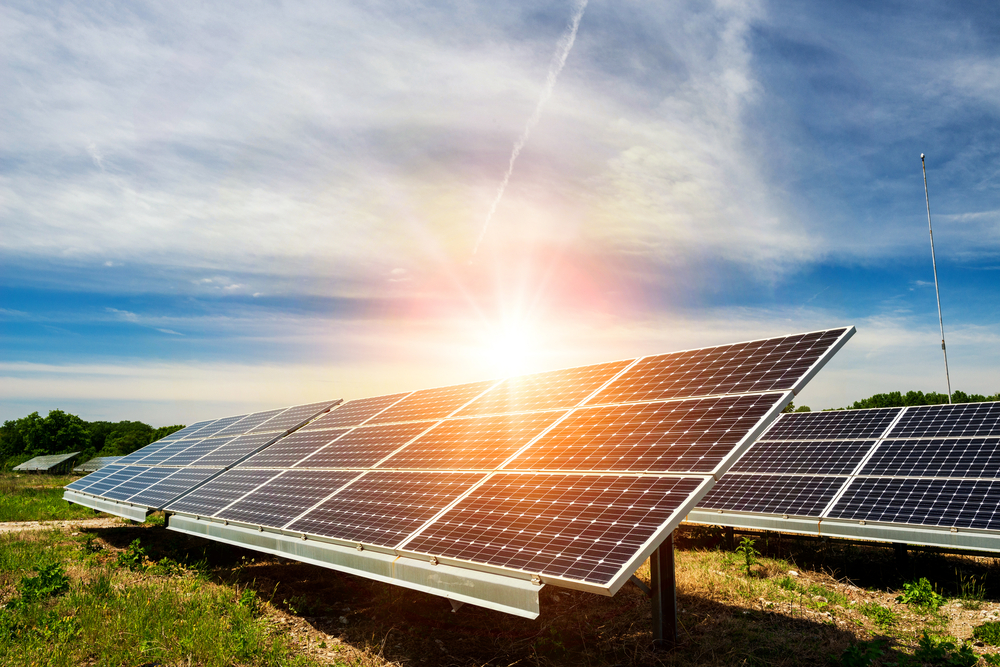Solar photovoltaic power is energy that comes from the sun and is converted into a usable resource by solar PV cells. These cells are made up of layers of silicon or other semi-conducting materials which can generate energy from sunlight. As the light shines on the cells or panels, electrons are knocked loose and start moving, which creates a flow of electricity. You can find out more about how solar PV and solar thermal, the second type of solar energy, work in the PDF attachment to this post.
Solar PV has the capacity to drastically reduce global reliance on fossil fuels for energy production, which in turn could reduce carbon emissions by as much as 21%, helping to achieve the goals of the Paris Agreement on climate change.
Marcel Kooter is a senior business leader working in the energy sector, with a keen interest in working towards a more sustainable global energy supply that continues to meet global energy demands. Solar PV has huge potential as one of the underlying resources that could drive a cleaner, greener future for the international energy industry.
Energy Transformation Pathways: Cost
The heart of the energy transformation is a significant reduction in carbon emissions. Cleaner renewable energy sources are now available – part of the transition is weighing up the cost-benefit analysis and implementing renewables wherever it is economically viable.
The rapid decline in the cost of generating renewable energy over the past few years will play a key role in making the transition from fossil fuels to more sustainable sources of energy possible. [4p13] The declining costs of renewable energy production over the past decade can be seen in the embedded infographic.
Energy Transformation Pathways: Air Quality
Air pollution comes from various sources, including the combustion of fossil fuels and emissions from chemicals. Transitioning to renewable sources of energy would have a dramatic impact on the quality of the air we breathe, reducing air pollution significantly. This in turn would result in improved health, particularly in people living in cities and other areas of high air pollution, which in turn leads to greater human productivity.
Better health also leads to lower spending on healthcare, which leaves more money for use in other areas. Studies have shown that every dollar invested in global energy system transformation between now and 2050 equates to between three and seven dollars across the entire economy.
Energy Transformation Pathways: Carbon Emissions
For the objectives of the Paris Agreement to be met by 2050 as targeted, acceleration of the global energy system transfer to greener energies needs to occur. While progress has been made, the gap is now widening between reductions and observed emissions. To stay on track, carbon emission will need to be reduced by at least 70% globally by 2050. For this to happen, more changes must be made.
Energy Transformation Pathways: Energy Security
Large scale transformation of the global energy sector has the potential to increase energy security and improve access to affordable energy in many areas of the world. Energy security is defined in the short video attachment.
Introducing renewables such as solar PV can reduce the reliance on fossil fuels of the economies of many developing nations, which in turn will lead to a more diverse and flexible system that is resistant to economic shocks.
Solar photovoltaic energy production could play a key role in the energy revolution and help the world achieve the goals outlined in the Paris Agreement.

